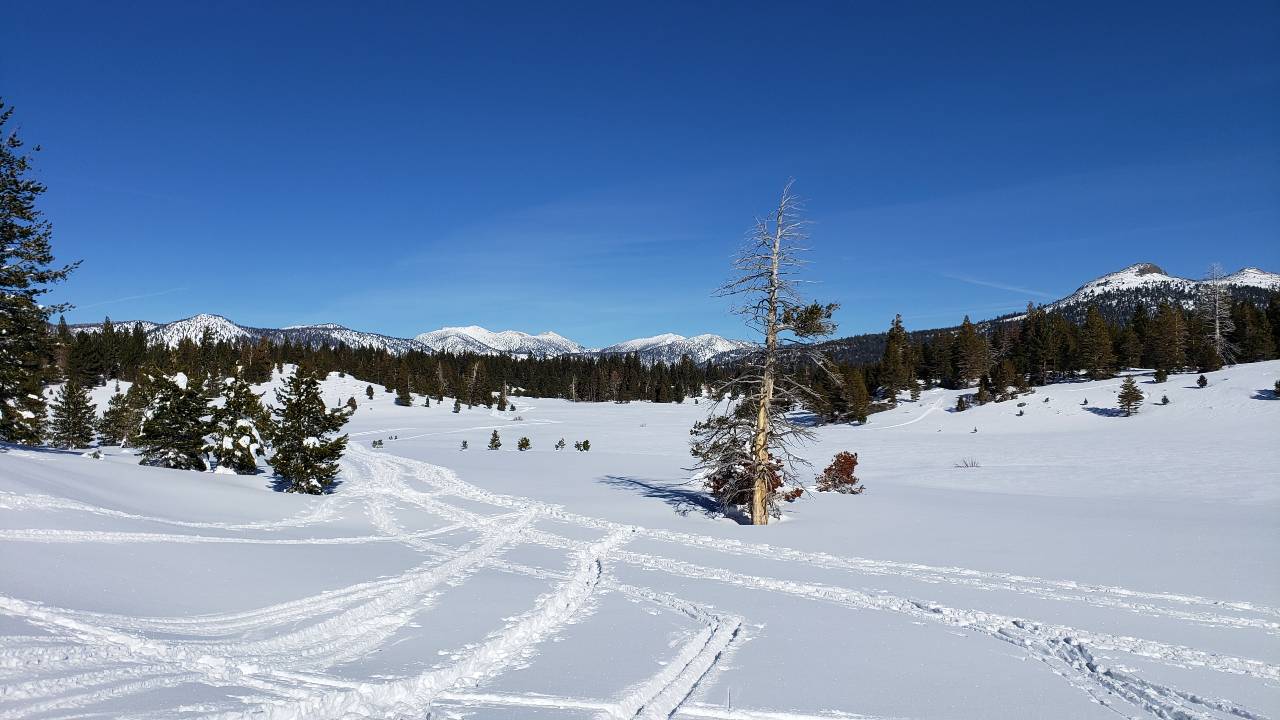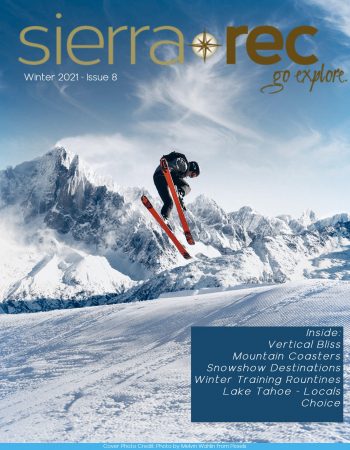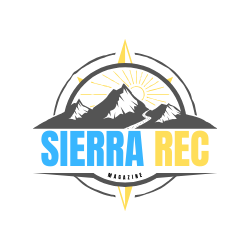A Simple Guide To Starting a Snowshoe Adventure Lifestyle
Snowshoeing is one of our favorite activities. However when I started five years ago I had no idea how to start or how much I would love this blank canvas of adventure. There are a few simple tips I can share with you as a beginner snowshoe adventurer. If you have considered giving it a try but don’t know which shoes to buy or where to go to find a fun and safe adventure, then this guide is for you. Our goal is to ease your fears and doubts to this wonderful winter sport that could change your life.
Is snowshoeing harder than hiking?
Yes snowshoeing is harder than hiking. However, once you get used to the basics of walking in snowshoes you really can just about go anywhere for as long as you like on your adventures. Most people just start of with simple day trips and look for terrain features that are easy to navigate. Once you have experience and your legs are in winter shape, you will find that your ability to add to routes and go places that you normally might not in dry conditions, that snowshoeing although a bit tougher is just as rewarding.
What Size Snow Shoes Should I Buy
The first question to answer after deciding that Snowshoeing is a sport you want to do is what size snowshoe should you wear? snowshoe size is best determined by your weight.
Also, if you are backpacking on snowshoes, be sure to account for the weight of your pack when choosing a size, since this may push you into a different weight range.
Snowshoe Sizing.
Weight: Length: 80-160 lbs 21-23 inches 120-200 lbs 25-27 inches 150-260 lbs 30 inches 180-300+ 35-36 inches
Does size of snowshoe matter?
A bigger snowshoe means more surface area which, in turn, means more flotation. Generally speaking, the “right” snowshoe is one that delivers the flotation you need, while being small enough to keep you nimble on the trail. If in doubt I always suggest a little bigger snowshoe.
Does Brand Matter with Snowshoes?
So is there a difference between the $69.99 pair of snowshoes at Costco vs the $300 dollar pair recommended online? Of course there is. The real question “is it big enough difference for your use case? ” Things you should consider are the following:
- How often to you think you will snowshoe? Quality equals longevity in this case much of the time.
- Weight of the snowshoe? Often the cheaper models do weigh more, which means more work for your legs. how far do you intend to hike?
- What terrain are you snowshoeing in? Going up or down hills is a bit of a challenge in some snowshoes? Companies like MSR specialize in gear that is for backcountry snowshoeing?
- Is price the one obstacle keeping you from trying this new sport? I often tell friends, if the price is all that is keeping you from trying it then either buy cheap now and learn to love it, or go rent a pair for the first time or two then decide what investment you want to make.
What do I wear snowshoeing?
As in most winter activity Layers are king when you consider snowshoeing. Winter conditions can be a bit tricky to cover since it cover so many extremes with wind chill and time of day temp changes. WE recommend the following items:
- Base Layer / Long Johns – Keeping warm is crucial, but you also want to look for materials that help pull moisture/ sweat away from the body to keep you warm. I personally love the base layers from 32 degrees -Lightweight knit with a lot of stretch. The acrylic blend adds additional lightweight warmth that is comfortable against the body. (40% Polyester – 34% Acrylic – 22% Rayon – 4% Spandex)
- Comfortable and flexible bottoms / snow pants – The debates between winter recreationalist will continue over proper leg wear. Snow pants are always great on deep snow and windy conditions. But on a bright sunny day in the Sierra I love skipping the bulky snow pants and reach for a flexible and stretchy pair of snow tights. Blue jeans are not recommended. But if that is what you have then a hiking pant with a pair of gators around your boots works well in a warmer day on the snow. (Just don’t fall often)
- Water Proof Boots – Snow boots or water Proof Hiking boots work great for snowshoes.
- Wool socks
- On top I like a loose fitting long sleeve shirt over my base layer and then a coat. I also carry an additional shirt in my pack generally, so if I get hot i can replace coat with an additional shirt, or if it is windy and cold i can add a layer.
- Gloves
- Hat / stocking Cap
- Sunscreen

Where to go
What is great about snowshoeing is that trails are not required so the entire national forest is open for consideration. However as a beginner we would recommend staying near snow-parks or regularly used trailheads in your region. for the Central Sierra area here is a list of our favorite snowshoe trail locations:
- Spooner Summit Lake Tahoe
- Echo Summit HWY 50
- Chickadee Ridge – / MT Rose
- Hope Valley – Alpine County HWY 88
- Lundy Canyon – HWY 395 Mono county
- Mud Lake / Silver Lake HWY 88
- Grover’s Hot Spring State Park – Markleville Ca.
Is it hard to learn to snowshoe?
Snowshoeing is rather simple to learn. There are just a few basic steps to learn for turning, walking on hills and getting up when you fall. Other than that it is simple as walking. Once you get a few tips on how to lift a shoe and turn or how to walk down a slope without falling you can just about walk anywhere you like.
- Learn to Step turn – A good alternative to turning around is to use what is called the step turn. This movement involves lifting one snowshoe and placing it at a 90-degree angle in front of the other shoe (forming a “T” with your snowshoes). Then shifting your body, bring the other snowshoe back alongside making a half-turn.
- Descents- On descents, keep your poles planted in front of you, knees bent and relaxed, and your body weight slightly back.
- Ascents – When you start to move uphill, keep the weight at the front of the foot. Use poles to provide extra balance and support. Kick the foot in when you land to provide better support. Press down with force to provide extra traction.










